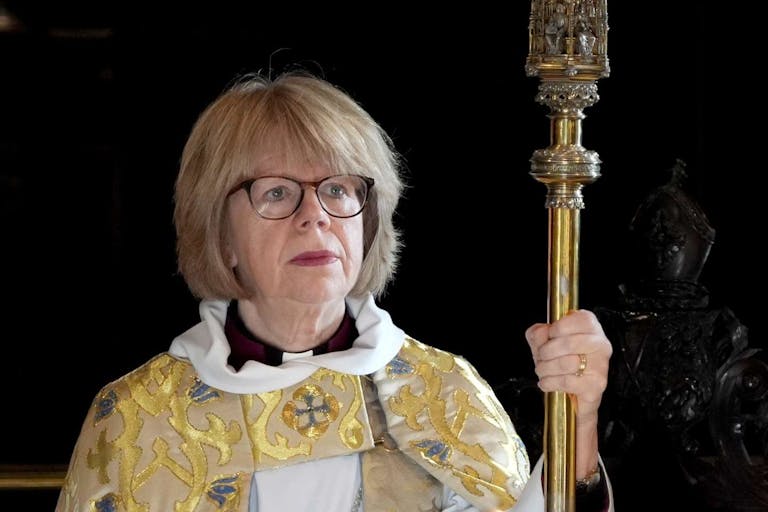
New Archbishop of Canterbury warns of danger in legalizing assisted suicide
Nancy Flanders
·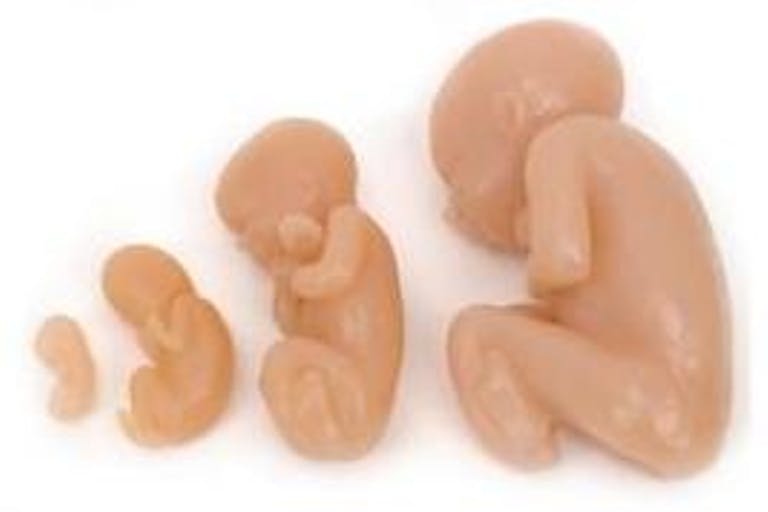
Former clinic worker describes seeing parts of babies
Jewels Green is a former clinic worker who became pro-life. On her website, which can be found here, she describes herself as “an ardent human rights advocate who supports the right to life from conception to natural death.”
I asked Jewels to answer some questions about her time in the abortion industry and she was kind enough to give the following answers to my questions.
1. What was the counseling like in your clinic? Did you give accurate information? Was it biased?
Women who came in to the clinic for an abortion were seen by a counselor one-on-one before paying for their abortion. This mandatory counseling session included making sure the abortion was her decision and that no one was coercing her, explaining the abortion procedure and aftercare, and asking her what kind of birth control she was intending to use when she resumed sexual activity after her abortion.
In this, the clinic where Green worked had more thorough counseling than many other abortion facilities. Unlike the clinics where Kathy Sparks, and Carol Everett worked, her clinic did not attempt to “sell” women abortions by using manipulative sales tactics.
An informed consent law, The Pennsylvania Abortion Control Act, went into effect while Green worked at the clinic. You can read more about it here.
However, it did not seem to have much impact.
During my time working at the clinic a law was enacted requiring abortion clinics in Pennsylvania to offer each woman state- drafted information on fetal development that includes hand-drawn actual-size sketches of the detailed level of fetal development as well as size by weeks LMP of pregnancy. There was a script we had to follow, also drafted by the state, that went something like this—know that I’m paraphrasing from memory, “I am required by the Commonwealth of Pennsylvania to offer you detailed information on fetal development and information on WIC and public assistance available to pregnant women and families. The father of child is legally obligated to assist you financially in raising your child should you choose to continue the pregnancy. Would you like to see any of these materials?” Nine times out of ten, more like 19 times out of 20, the woman would decline.
Green reiterates:
Any and all of a woman’s questions—whether ambivalent or sure of her decision to abort—were answered completely and accurately, if occasionally somewhat euphemistically.
However:
When explaining the abortion, the word “baby” was never used, rather “contents of the uterus”, “the pregnancy”, or “products of conception” were the preferred terms to refer to the fetus.
It would be a rare abortion clinic that uses the term “baby” to describe the child killed by abortion. Whether the motive is to persuade women to abort or, rather, to “protect” them from knowledge that they might find upsetting, I have never run into a clinic worker, current or former, who claims to have used the term “baby” in a conversation with a woman before her abortion, even when the woman herself uses that term. Women who want to deny the humanity of the life inside them are generally not challenged by the workers at the clinic.
2. Have you ever witnessed a second trimester abortion? Is there any way you may be able to describe it?
No, I have never witnessed a second trimester abortion. However, when the clinic where I worked gained approval to do abortions up to 16 weeks (from the original limit of 14 weeks) I had seen the aftermath of a few of those abortions in the autoclave room (where surgical instruments are washed and sterilized and where the doctor reassembles the body parts of the fetus to assure a complete abortion.)
See pictures of unborn babies aborted at 14 weeks. At 16 weeks. Warning: these pages are very graphic.
4. Did you ever view the remains from abortions? If so, can you tell me what you saw? How did the clinic handle the remains? Were they buried, incinerated, sent to the lab, etc?
I saw the remains of hundreds, if not thousands, of first-trimester abortions in the more than five years I worked at the abortion clinic. The remains were bagged in red biohazard bags with anything else bloody, and put into a freezer until they were picked up by a medical waste management company. I assume they were then incinerated, but I do not know for certain.
Remains of aborted babies can be disposed of in various ways, and sometimes they end up in the trash when clinics cut corners and don’t pay for their disposal. Sometimes those who handle the remains of aborted babies struggle with emotional trauma.
Andre Winston, who delivered aborted babies to the incinerator to be burned, said the following in a book by pro-choice author Magda Denes:
In the ones where you could see the babies with the hands and the feet and the heads and everything, and you can tell what sex, a boy or girl. Really sometimes it gets nasty. They are so big sometimes. Some are small and still have hands. It’s just too bad the baby had to go that far and end up here…Seeing what I’ve seen and everything- and I’ve worked around here and seen these dead fetuses. I wouldn’t want to have to come here, or have my girlfriend come here, and have an abortion, and I end up seeing the kid that was almost mine, look where it ended up at.
Green also suffered emotional trauma. She had nightmares while working at the clinic, and says she still has them to this day. In one article, she described her dreams as “gruesome and terrifying and intense.” She has also written that her “dreams were haunted by tiny limbless phantom babies.”
The next question dealt more specifically with the remains of aborted babies that were visible after the procedures.
5. Were parts ever visible?
“Of course teeny-tiny body parts were visible. Well over half of the time body parts were easily discernible. Maybe more like 75% of the time. That was the only way the doctor could ascertain that the abortion was complete–to count limbs, make sure the spine and skull were present. The “blob of cells” argument is only spouted by people who have never seen the aftermath of an abortion. It is true that in a very, very early surgical abortion (about 8-9 weeks LMP) [Editor: this is about 6-7 weeks after conception] the fetal parts are too small to be seen, and in those cases the doctor looks for the gestational sac and chorionic villi to ensure a complete abortion.”
You can watch Green’s testimony about leaving the clinic, and what led to her becoming pro-life here.
To read some of Jewels Green’s writings or to contact her for a public speaking arrangement or some other question, go to her website.
Live Action News is pro-life news and commentary from a pro-life perspective.
Contact editor@liveaction.org for questions, corrections, or if you are seeking permission to reprint any Live Action News content.
Guest Articles: To submit a guest article to Live Action News, email editor@liveaction.org with an attached Word document of 800-1000 words. Please also attach any photos relevant to your submission if applicable. If your submission is accepted for publication, you will be notified within three weeks. Guest articles are not compensated (see our Open License Agreement). Thank you for your interest in Live Action News!

Nancy Flanders
·
Politics
Nancy Flanders
·
Human Rights
Angeline Tan
·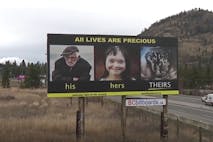
Human Rights
Bridget Sielicki
·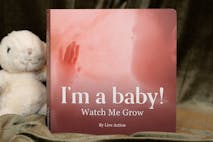
Human Rights
Carole Novielli
·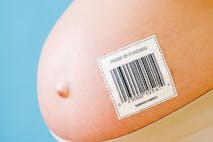
International
Angeline Tan
·
Guest Column
Sarah Terzo
·
Abortion Pill
Sarah Terzo
·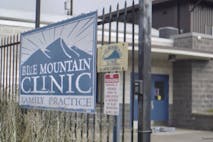
Guest Column
Sarah Terzo
·
Guest Column
Sarah Terzo
·
Guest Column
Sarah Terzo
·